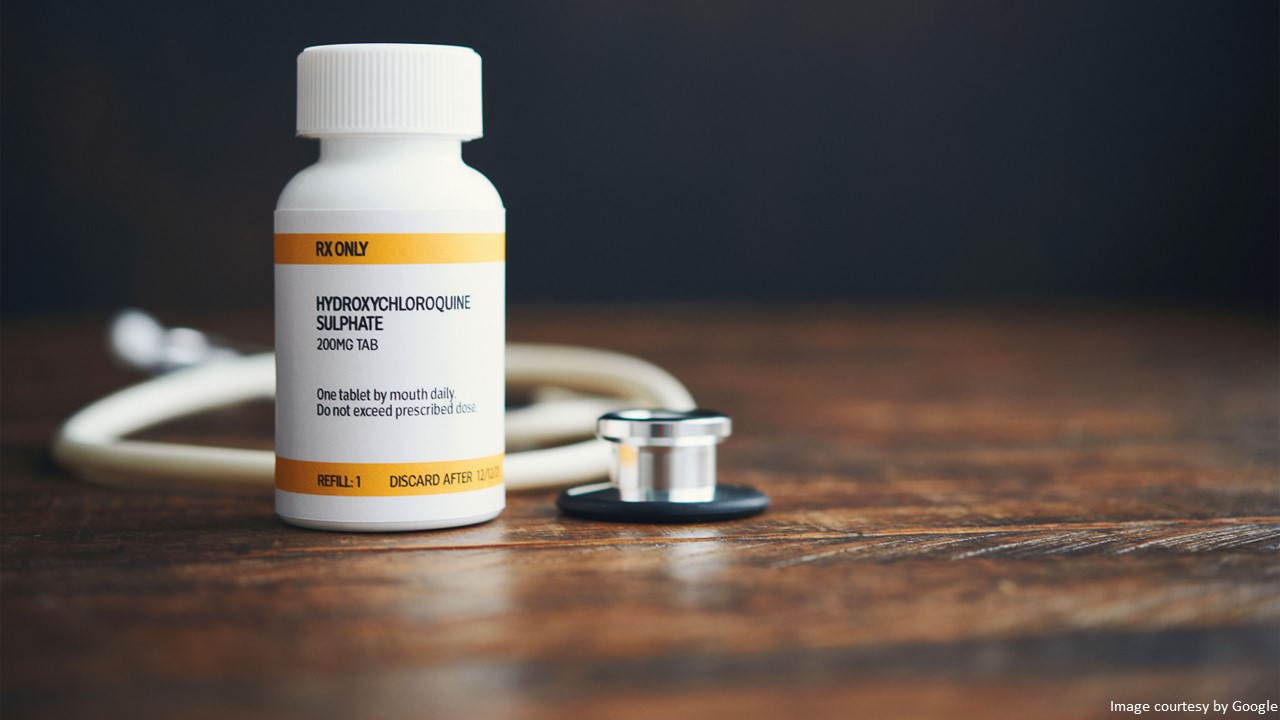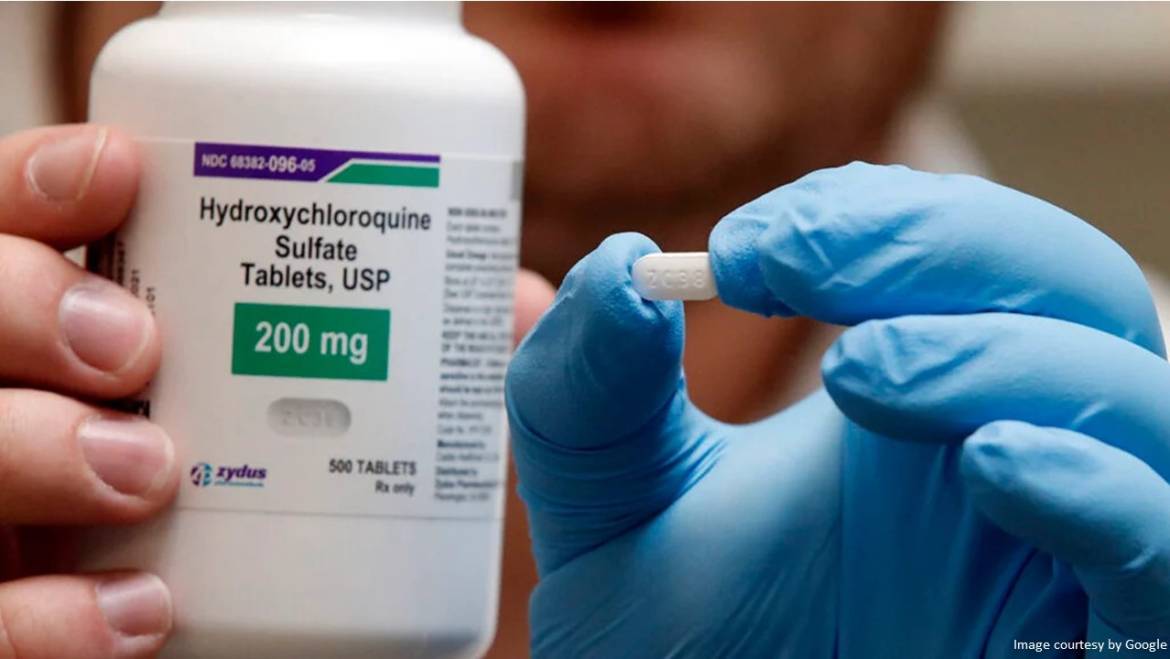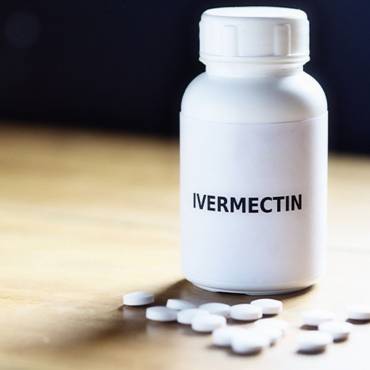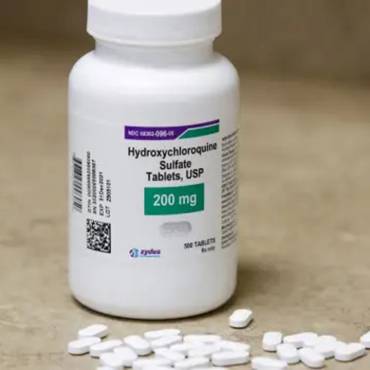HCQ (Hydroxychloroquine sulphate) 200 mg tablet has been beneficial for patients with lupus erythematosus and rheumatoid arthritis in patients who have not responded to medications with less potential for serious HCQ side effects. The exact mechanism of action in controlling these diseases is still not known.
About HCQ
Hydroxychloroquine or HCQ 100 mg and 200 mg is a disease-modifying antirheumatic drug (DMARD). It is also available under the brand name OXCQ 200 mg. It helps regulate the immune system’s activity, which may be overactive in some conditions. HCQ 200 mg can potentially modify the underlying disease process rather than treat the symptoms. It is primarily discovered to treat malaria caused by mosquito bites.
The Centre for Disease Control provides guidelines to treat and prevent malaria in different parts of the world. This medicine also effectively treats certain auto-immune disorders such as rheumatoid arthritis and lupus. The medication reduces skin problems in lupus and prevents swelling/pain in arthritis. HCQ medicine is not recommended for coronavirus infection unless a health care specialist advises. Discuss the risks and benefits with your healthcare professional.
Uses of HCQ
HCQ 200 mg tablet uses include:
-
- Rheumatoid arthritis
- Lupus (a disease that happens when your body’s immune system attacks your tissues and organs.
- Juvenile idiopathic arthritis (JIA)
Dosage and administration
For treatment of active rheumatoid arthritis and lupus erythematosus: For adults, a suitable dose of HCQ 200 medicine is 2 to 3 tablets daily, preferably taken at mealtimes. Around four to twelve weeks of treatment is required before the effect of treatment can be evaluated.
Treatment of lupus erythematosus depends on the severity of the condition and the patient’s response to treatment. For adults, the initial recommended dose of HCQ is 400 to 800 mg daily. The dosage level can be maintained for several weeks and then decreased to a maintenance dose.
Maintenance dose
The maintenance dose of HCQ for arthritis should not exceed 200 to 400 mg daily. To avoid excessive dosage in obese patients, special care is needed to calculate the dosage based on lean weight.
For dermatological conditions, HCQ 200 is also used in similar diseases in rheumatoid arthritis, but the medicine should only be given during maximum exposure to light.
Contraindications and precautions
HCQ 100 mg tablet and 200 mg should be used with caution in neurological diseases (especially in patients with a history of epilepsy). In treatment of rheumatoid arthritis, if improvement doesn’t occur within six months, the medication should immediately be stopped. Hydroxychloroquine in patients with psoriasis may trigger a severe attack of psoriasis. The medication should not be used in these conditions unless, according to the physician, the benefit to the patient outweighs the possible hazard. Blood cell counts should be done if patients are advised with prolonged treatment.

The medicine should be used cautiously in patients having glucose-6- 6- phosphate dehydrogenase. Patients suffering from rare hereditary problems of galactose intolerance and glucose-galactose malabsorption should not take this drug. All patients on long treatment should undergo skeletal muscle function and tendon reflexes. If weakness happens, the medication should be stopped. Dermatologic reactions to HCQ may occur, and therefore, proper care should be taken when given to any patient receiving the medication that causes dermatitis. Small children are particularly sensitive to the adverse effects of this medication; therefore, patients should be warned to keep HCQ out of the reach of children.
HCQ 100 mg and 200 mg crosses the placenta. Data regarding its use during pregnancy are limited. Therefore, this medication should not be used during pregnancy. Careful consideration should be given to using HCQ during lactation since it has been known to be excreted in small amounts in breast milk, and it is well known that infants are extremely sensitive to the toxic effects of HCQ.
Drug interactions
HCQ 100 tablet and 200 possibly inhibit the effect of alfa beta agalsidase and laronidase. Absorption of HCQ reduced. In the case of lanthanum, it should be given at least two hours apart. Raised risk of ventricular arrhythmias when HCQ given in combinations avoid its concomitant use. Metabolism of HCQ inhibited by cimetidine. The medicine can potentially increase symptoms of a muscular disorder, myasthenia gravis, and thus diminish the effects of neostigmine and pyridostigmine.
Side effects
HCQ 200 mg side effects aren’t common. However, some HCQ can cause diarrhea, headaches, sickness, mild hair loss, tinnitus, and skin rashes, especially those made worse by sunlight. Visual problems and bleaching of hair are also side effects of HCQ.
Also Read: Hydroxychloroquine 200 mg: Dosage, Efficacy, and Safety
admin
Latest posts by admin (see all)
- What is Triluma Cream? Uses, Benefits, and How It Works for Skin - December 26, 2024
- What Causes Dark Spots? Understanding the Science of Hyperpigmentation and How Skin Lightening Products Help - December 26, 2024
- Tretinoin Gel vs. Cream: Which Formulation is Right for Your Skin? - December 20, 2024



